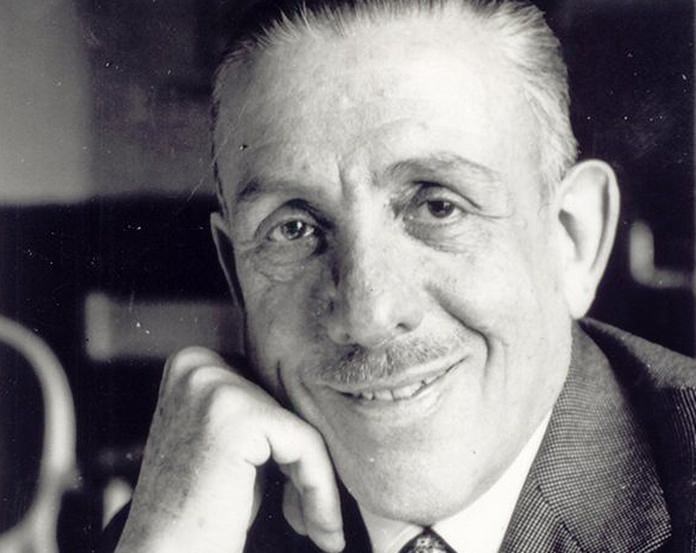You might be interested to know that this is the one hundredth Classical Connections column. On the other hand perhaps you couldn’t care less, but if you’re going to take that sort of attitude you may as well go and read something else.

Of course, in newspaper terms, a hundred articles is nothing special. The distinguished British paper, The Times first appeared in 1785 as The Daily Universal Register. The Netherlands paper Opregte Haarlemsche Courant was first published in 1656 and it’s still going strong as the Haarlems Dagblad. The prize for the world’s oldest newspaper must go to the crisply-entitled Relation aller Fürnemmen und gedenckwürdigen Historien, a weekly paper which first appeared in Strasbourg during 1605.
Compared to those august periodicals, my hundred columns doesn’t seem particularly significant. Even in this newspaper, Classical Connections is something of a newcomer. Miss Hillary has been dispensing sage advice to forlorn farangs since Mozart was a boy. Even so, by way of modest celebration, I’ve been looking for classical works which have the number 100 somewhere in the title and this work by Haydn is an obvious choice.
You could claim quite a bit of kudos by casually mentioning that you used to teach Beethoven. When Haydn was travelling from Vienna to London in 1790, he met the twenty-year-old Ludwig in his native city of Bonn and made arrangements to teach him on his return. Haydn spent much of his life in Austria in the service of the fabulously wealthy Esterházy family at their remote country estate. Despite his relative isolation, by the end of his life he was one of the most celebrated composers in Europe.
Haydn’s music was hugely popular in London too and most concerts contained at least one of his works. On the first of his two extended visits to London, Haydn arrived in Calais on New Year’s Day 1791, hardly the most auspicious time of year to cross the English Channel. He was fifty eight, at the top of his musical career and in Calais he saw the sea for the first time.
The London visit was an enormous success and extremely profitable, so much so that Haydn returned in 1794. His Symphony No 100 dates from around the same year and it acquired the nickname “Military” from a short and slightly unexpected passage of trumpet fanfares towards the end of the second movement. This bit also features the triangle, cymbals and bass drum which must have seemed exotic at the time, though these instruments are now permanent residents of almost every primary school music room in the country. Even so, it’s not difficult to understand why British concert-goers fell in love with this elegant and attractive music.
The word opus incidentally, has Latin origins and means “work” or “labour”. During the seventeenth century, some composers identified their works with an opus number but by the eighteenth century, publishers usually assigned opus numbers with the result that opus numbers were not necessarily in chronological order. Unpublished compositions had no opus number, but from about 1900 onwards many composers added opus numbers to their works whether they were published or not.
This delightful three-movement sextet is scored for piano and wind quintet and was written between 1932 and 1939. Poulenc was once described as “a musical clown of the first order”, though whether the composer admired this back-handed compliment I have no idea. He was certainly more interested in the aesthetic ideals of people like Jean Cocteau and Erik Satie and less moved by the esoteric approach of Debussy or Ravel. Poulenc’s inspiration came from the theatre, the musical hall, the boulevard cafés and the streets of Paris. Although he could evidently be moved to tears by the simplest things, he liked a good drink and enjoyed the kind of jokes that you wouldn’t tell your maiden aunt.
The first movement begins with Stravinsky-like bustling and there’s a contrasting middle section that contains that melancholy music that Poulenc was so good at composing. The second movement opens in a pastoral mood before breaking into a more playful spirit with a wealth of eloquent melodies and ending with a curious little wistful moment. The final movement is a rondo with hints of ragtime and popular song. It’s all great fun, with Poulenc’s constant interplay of light and shade, comedy and sadness, brashness and tenderness. But this is not music to be taken too seriously. It is not for pontificating upon, which I have just been doing for the last two paragraphs.
 |
 |
 |





